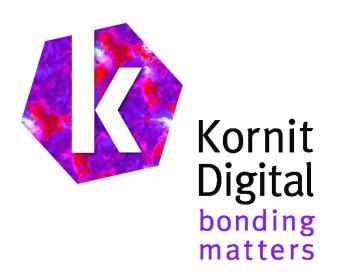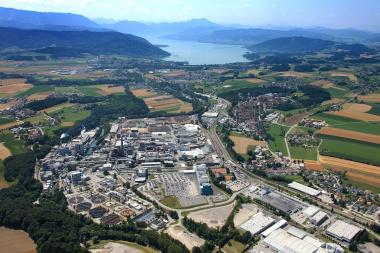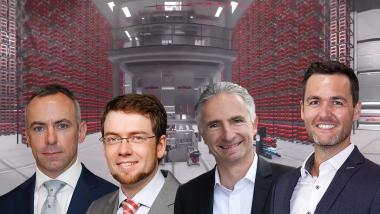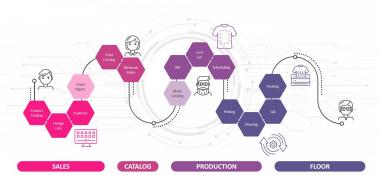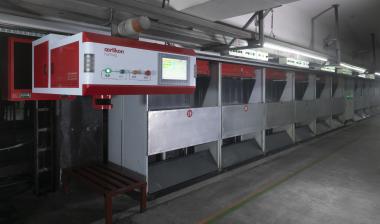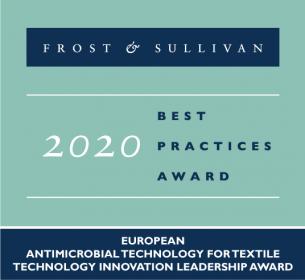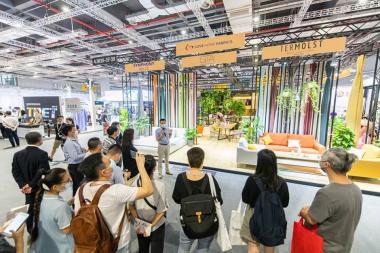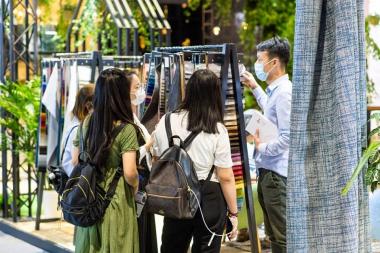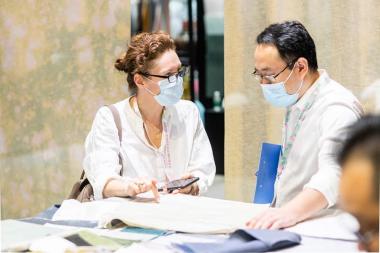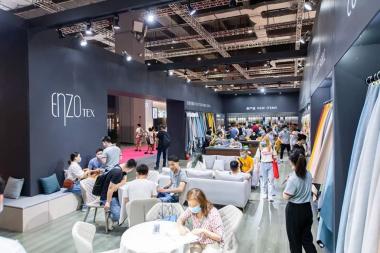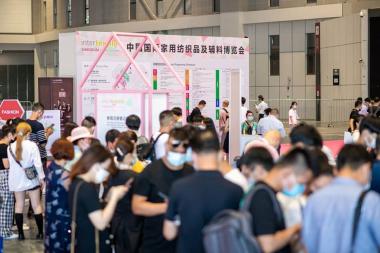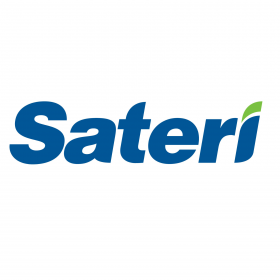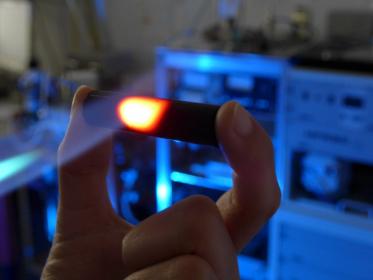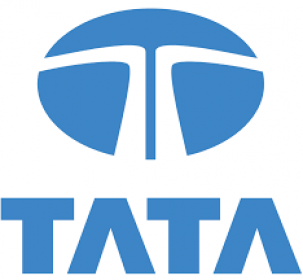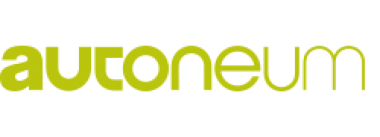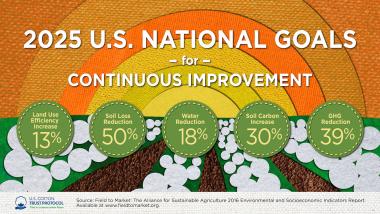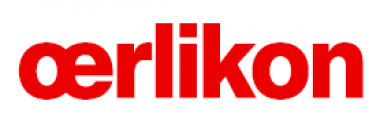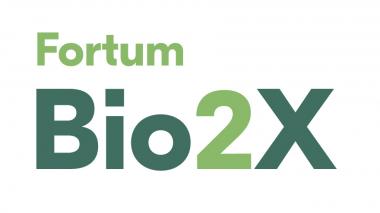Kornit Digital: Calvi implemented the Kornit Avalanche HD6 system
Kornit Digital announced Vizela, Portugal-based Calvi has implemented the Kornit Avalanche HD6 system for efficient, retail-quality digital decoration on demand.
Founded in 1977, Calvi is a textile manufacturing company that works with national and international partners to deliver sportswear and casual apparel for men, women, and children. Now occupying a 6,600-square-meter facility and employing a team of more than 120 qualified professionals, they are committed to the evolution of textiles with regard to three fundamental values: quality, availability, and efficiency. In addition to their own e-commerce operation, Calvi produces about 100,000 t-shirts per week for brands like Pull & Bear, Zara, and Bershka.
“When we first contacted Kornit, it was very easy to create the partnership we have now,” says Anselmo Pereira, Head of Design at Calvi. “Kornit Avalanche really helped us to move faster, to be more ecological—we basically don’t have minimum quantities to produce.
“This company started with my grandfather, and then my father started running the business by himself,” says Catarina Lopes, Founder and CEO of the brand’s eco-conscious NÜWA division. “I started NÜWA, which has two pillars: Everything is sustainable, and we are inspired by people. We are sustainable; we don’t have to create more water waste or use more resources. Our products are made from recycled cotton, recycled polyester, and organic cotton. We only use digital printing because it’s water inks; we don’t have to use chemicals in our products.”
pr4u / Kornit


